1. Cloacal Respiration Is a Survival Mechanism
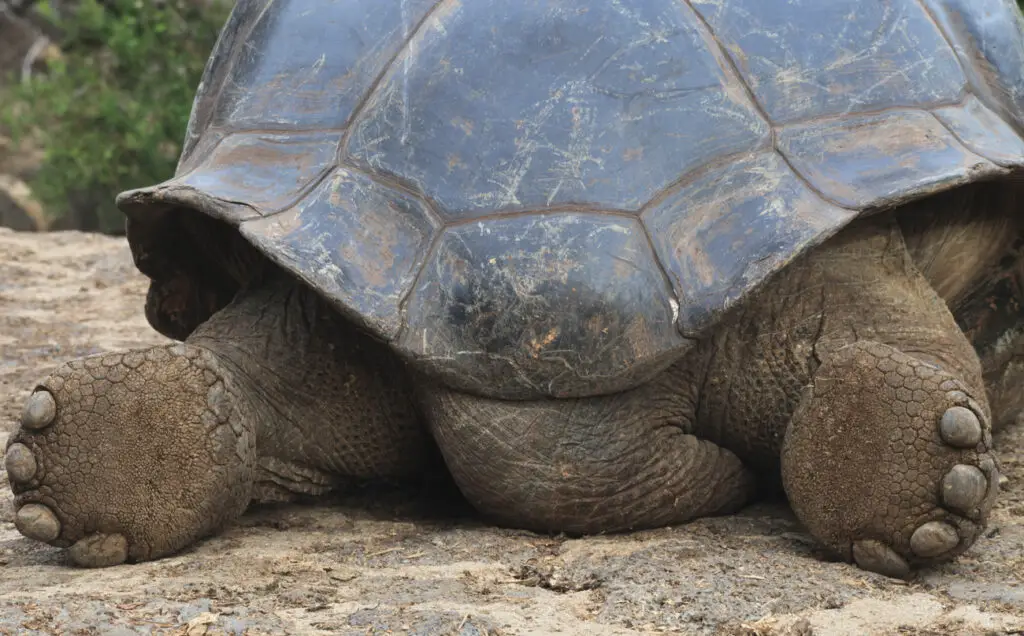
Some turtles can breathe through their cloaca, an all-purpose opening used for excretion, reproduction, and respiration. This ability is especially useful during hibernation when turtles stay underwater for months. By absorbing oxygen through specialized sacs in their cloaca, turtles can survive in oxygen-poor environments without using their lungs. According to the Forest Preserve District of Will County, this adaptation allows them to conserve energy, as cloacal respiration requires less effort than lung-based breathing. It’s a perfect solution for species living in cold climates where water remains still and icy. Without this ability, many turtles would struggle to survive harsh winters. The efficiency of cloacal respiration demonstrates how evolution has equipped turtles to adapt to extreme conditions. This survival mechanism showcases their resilience and ability to endure environmental challenges that other species might not withstand.
2. Not All Turtles Can Do It
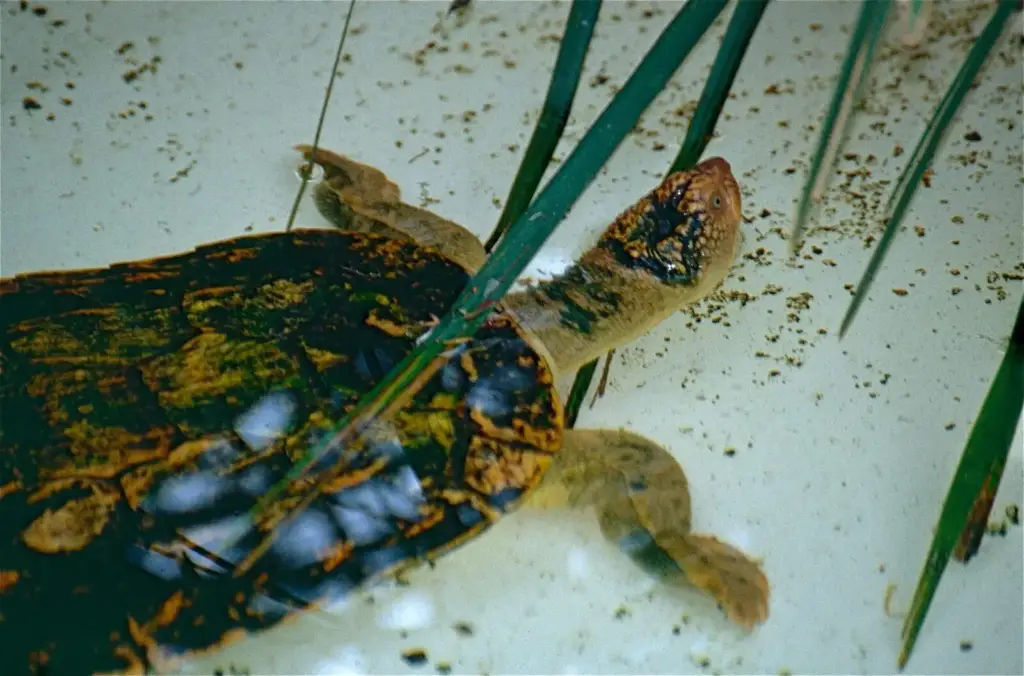
Cloacal respiration is not a universal trait among turtles. It is most commonly found in certain freshwater species, such as the Australian Fitzroy River turtle and the North American painted turtle. These turtles have evolved this adaptation due to the specific demands of their environments. In contrast, sea turtles and many terrestrial turtles rely solely on lung breathing. The presence of cloacal respiration depends on a turtle’s habitat and ecological niche. According to PBS, species that hibernate underwater or live in oxygen-poor waters are more likely to develop this unique ability. This selective adaptation underscores the diversity within the turtle family. Each species’ respiratory method reflects its unique environmental pressures and survival strategies. Understanding these differences helps us appreciate the complexity of turtle evolution.
3. It’s All About Efficiency
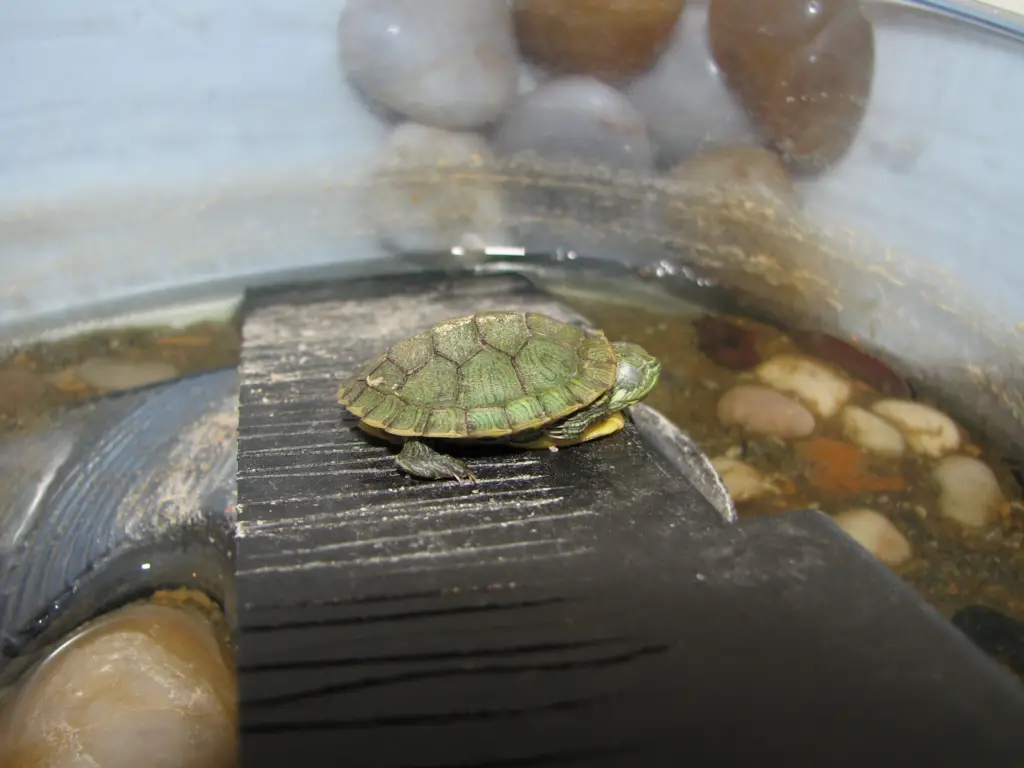
Breathing through the cloaca is an energy-efficient way to obtain oxygen. Lung breathing requires muscular effort to expand and contract the ribcage, which uses valuable energy. During hibernation or prolonged submersion, conserving energy is crucial for survival. Cloacal respiration allows turtles to absorb oxygen passively, reducing their metabolic demands. This efficiency is especially important. Per a study in the Journal of Experimental Biology, turtle metabolic rates drop in cold water and oxygen becomes scarcer. By relying on cloacal respiration, turtles can endure harsh conditions without depleting their energy reserves. This method ensures they remain stable and protected during periods of extreme stress. The energy efficiency of cloacal respiration highlights the balance between environmental constraints and biological innovation.
4. Cloacal Bursae Are the Key
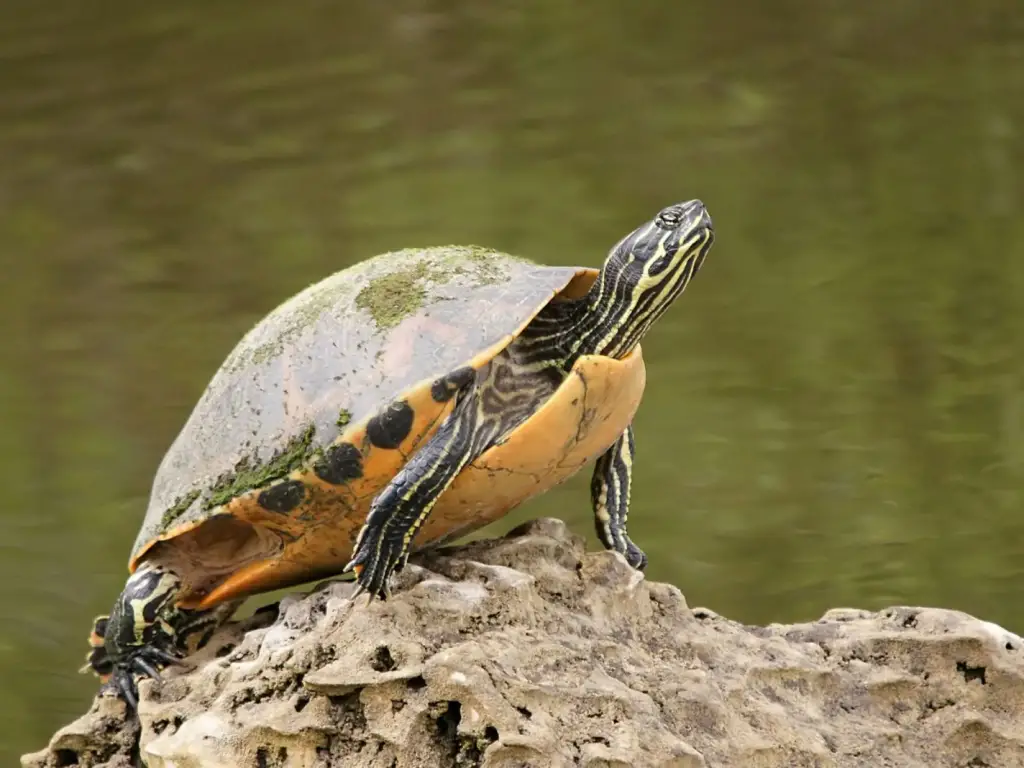
The cloaca contains specialized structures called bursae that facilitate oxygen absorption. These sacs are lined with blood vessels, allowing for efficient gas exchange. When water flows over the bursae, oxygen diffuses directly into the bloodstream. The process is similar to how gills work in fish. Turtles can control the flow of water through their cloaca by contracting and relaxing their muscles. This adaptation is a marvel of biological engineering, enabling turtles to thrive in challenging conditions. Without cloacal bursae, many freshwater turtles would struggle to survive in oxygen-poor habitats. These structures exemplify the intricate ways in which animals evolve to meet environmental challenges. The presence of cloacal bursae is a defining feature of turtles that rely on cloacal respiration.
5. Not a Complete Replacement for Lungs
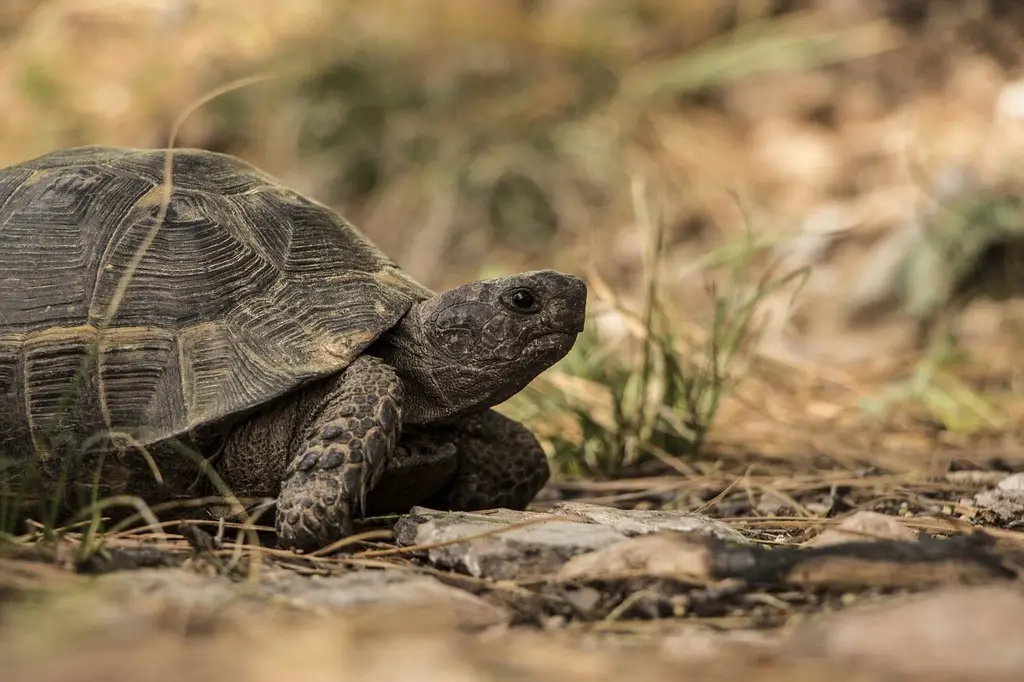
While cloacal respiration is impressive, it’s not sufficient to meet all of a turtle’s oxygen needs. Turtles still rely on their lungs for regular breathing when they’re active or on land. Cloacal respiration is more of a supplemental system, used during periods of low activity or when access to air is restricted. It’s a backup mechanism that ensures survival in extreme conditions. Even the best cloacal breathers eventually need to surface for air when their activity levels increase. This dual respiratory system demonstrates the versatility of turtles’ adaptations, per a study in ScienceDirect. The reliance on both lungs and cloacal respiration highlights their ability to switch between modes depending on environmental demands. Understanding this balance offers a deeper appreciation for their resilience.
6. Humans Can Learn from This Adaptation
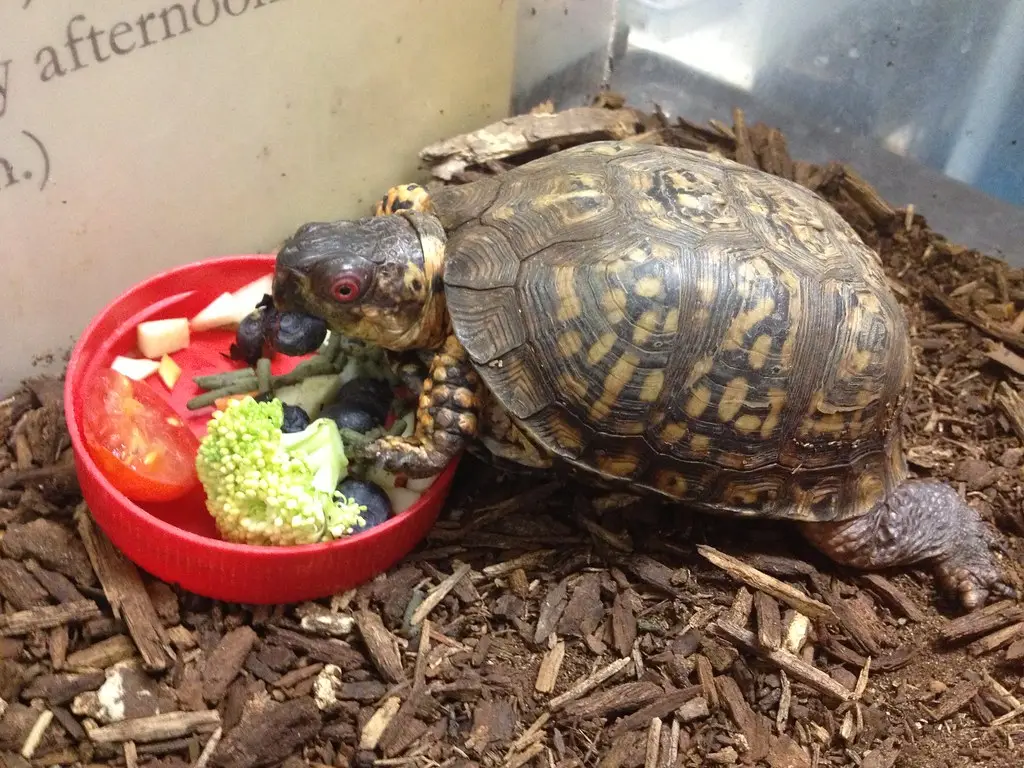
The study of cloacal respiration offers insights into evolutionary biology and potential applications in medicine. Understanding how turtles extract oxygen so efficiently could inspire new technologies for respiratory support. According to Children’s Hospital Boston, researchers are exploring ways to enhance oxygen delivery in humans during medical emergencies or surgeries. Turtles’ unique adaptations remind us of the incredible diversity of life and the creative solutions evolution can produce. This phenomenon also underscores the importance of preserving biodiversity, as each species offers unique insights into survival strategies. By studying turtles, we can develop innovations that benefit both humans and the environment. These lessons from nature demonstrate the interconnectedness of all life on Earth. Protecting turtles and their habitats ensures we continue to learn from their extraordinary adaptations.


